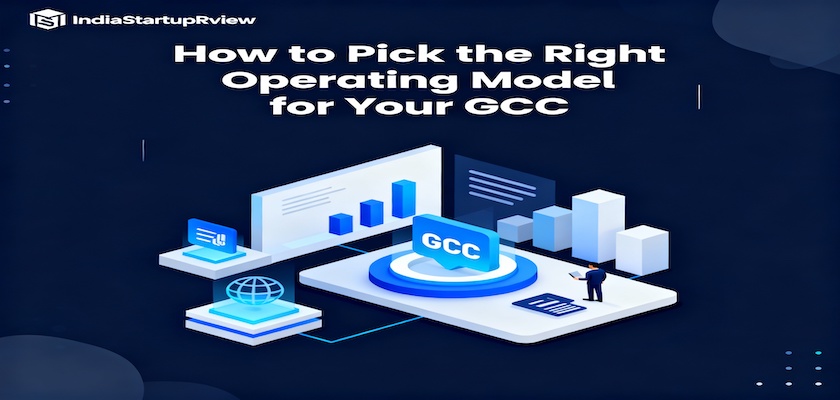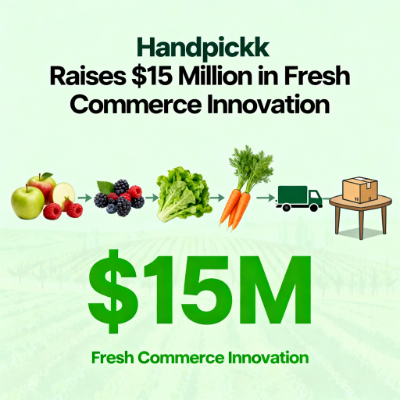The Future of Indian E-commerce: Beyond the Billion-Dollar Valuations

- India Startup Review
- 07 Jul, 2025
India's e-commerce story is one of meteoric rise. From a nascent market a decade ago, it has transformed into a behemoth, with a current valuation of USD 125 billion and a projected growth to USD 345 billion by 2029. This phenomenal growth is not just about the staggering numbers; it's about the fundamental shift in how Indians shop, sell, and interact with brands. But as the industry matures, the question arises: what lies beyond the billion-dollar valuations and the frenetic pace of growth? What is the next frontier for e-commerce in India? The Indian e-commerce landscape is no longer a monolith dominated by a few large players. A vibrant ecosystem of sub-sectors is emerging, each catering to specific consumer needs and preferences. While fashion and electronics continue to be the largest segments, new categories like grocery, beauty and personal care, and home goods are witnessing explosive growth. The rise of 'quick commerce' is a testament to the evolving consumer expectations, with companies like Blinkit and Zepto promising deliveries within minutes. Furthermore, the Direct-to-Consumer (D2C) model is gaining traction, with brands leveraging digital platforms to connect directly with their customers, bypassing traditional retail channels. How will this fragmentation of the market impact the competitive landscape and the consumer experience? The regulatory framework for e-commerce in India is constantly evolving as the government seeks to strike a balance between promoting growth and protecting the interests of consumers and small businesses. The Consumer Protection (E-Commerce) Rules, 2020, have introduced a slew of measures to enhance transparency and accountability. These rules, along with the Information Technology Act, 2000, and other regulations, have created a more structured and secure environment for online transactions. However, issues like predatory pricing, deep discounting, and the alleged preferential treatment of certain sellers by large marketplaces remain contentious. Will the regulatory framework be able to address these concerns and create a level playing field for all stakeholders? Innovation is at the heart of India's e-commerce success story. From the early days of cash-on-delivery to the current era of AI-powered personalization and social commerce, Indian e-commerce companies have been at the forefront of technological adoption. The integration of artificial intelligence and machine learning is enabling companies to offer personalized recommendations, optimize supply chains, and detect fraud. The rise of social commerce is blurring the lines between social media and e-commerce, with platforms like Instagram and Facebook becoming powerful sales channels. As technology continues to evolve, what new innovations will shape the future of e-commerce in India? Success stories like Flipkart, Myntra, and Nykaa have not only created immense wealth for their founders and investors but have also inspired a new generation of entrepreneurs. These companies have demonstrated the power of technology to build scalable and sustainable businesses that can compete with global giants. Their success has also created a ripple effect, fostering the growth of a whole ecosystem of ancillary services, including logistics, warehousing, and digital marketing. What are the key takeaways from these success stories, and how can they be applied to build the next wave of e-commerce unicorns? Despite the phenomenal growth, the Indian e-commerce industry faces its fair share of challenges. The logistical complexities of serving a vast and diverse country, the low penetration of e-commerce in rural areas, and the intense competition are some of the key hurdles that need to be overcome. Moreover, the industry needs to address the environmental concerns associated with packaging and last-mile delivery. How will the industry navigate these challenges and build a more sustainable and inclusive e-commerce ecosystem? India's e-commerce journey is far from over. The industry is poised for even greater growth in the coming years, driven by a young and aspirational population, increasing internet penetration, and a supportive policy environment. The future of Indian e-commerce will be shaped by the ability of companies to innovate, adapt to changing consumer preferences, and navigate the complex regulatory landscape. The next chapter of this story will be written by those who can look beyond the billion-dollar valuations and build businesses that are not just profitable but also purposeful. Key Stats: Market Size: The Indian e-commerce market is projected to reach USD 345 billion by 2029, up from USD 125 billion in 2024. User Base: India is projected to have 500 million online shoppers by 2030. CAGR: The e-commerce market in India is expected to grow at a CAGR of 19.13% between 2025 and 2030. Quick Commerce: The quick commerce sector in India is expected to reach a market size of $6-7 billion. Key Examples: Flipkart: One of the pioneers of e-commerce in India, Flipkart has played a pivotal role in shaping the industry and has been acquired by Walmart. Myntra: A leading fashion e-commerce platform, Myntra has redefined how Indians shop for apparel and accessories online. Nykaa: A beauty and wellness e-commerce platform that has successfully carved a niche for itself in a competitive market. Blinkit: A quick commerce platform that has disrupted the grocery delivery space with its promise of 10-minute deliveries
Leave a Reply
Your email address will not be published. Required fields are marked *



.png)
